KEN WILLIS: They're right, you gotta see the Indy 500 to fully appreciate it
Upon further review, all those proud Hoosiers were right.
Yes, there are big events, huge crowds, colorful surroundings and spectacular pomp and circumstance.
And then there’s the Indianapolis 500.
Having been to a few Brickyard 400s, 20-some years ago, I was familiar with the grounds inside and outside the massive speedway facility (i.e. I can find Gasoline Alley inside, and the nearest White Castle outside).
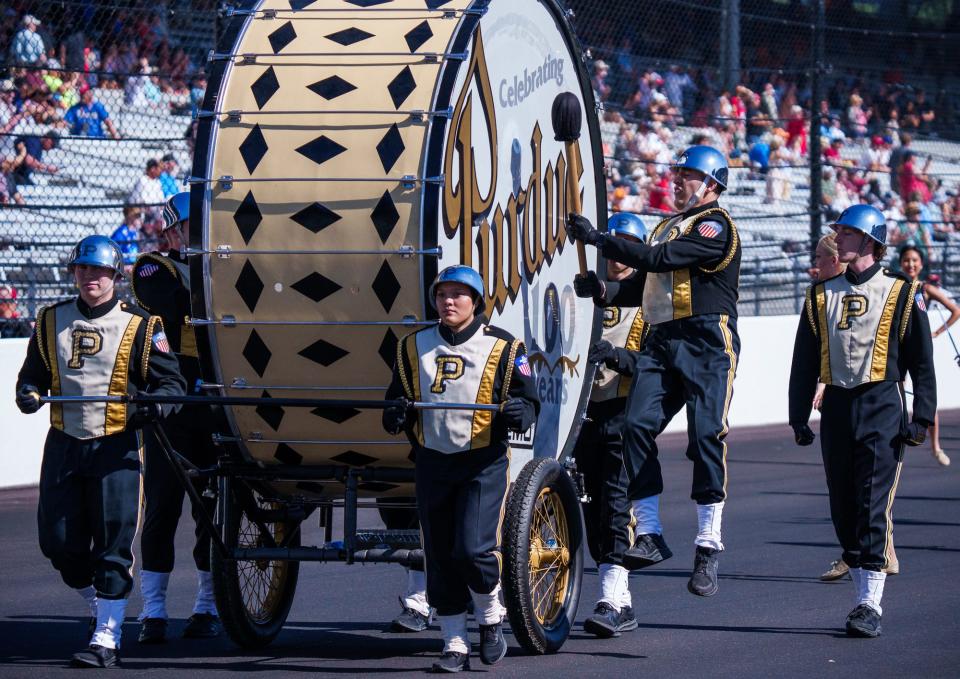
But to be there on its biggest race day is everything they tell you, and then some, assuming you’re a sucker (“Guilty!”) for traditions both frivolous and solemn.
Last weekend’s visit to America’s original great race — Friday for Carb Day, Sunday for the Spectacle — was as enjoyable as you could ever hope for (and not just because of the tenderloin sandwich . . . well, maybe not).
This first visit to the Indy 500 — way too long in coming — was somewhat due to this past February’s Daytona 500, where a headline writer went BIG TYPE on what I’d spent many paragraphs explaining in small type. “Bigger than Indy,” the headline blared above a column previewing that day’s Great American Race.
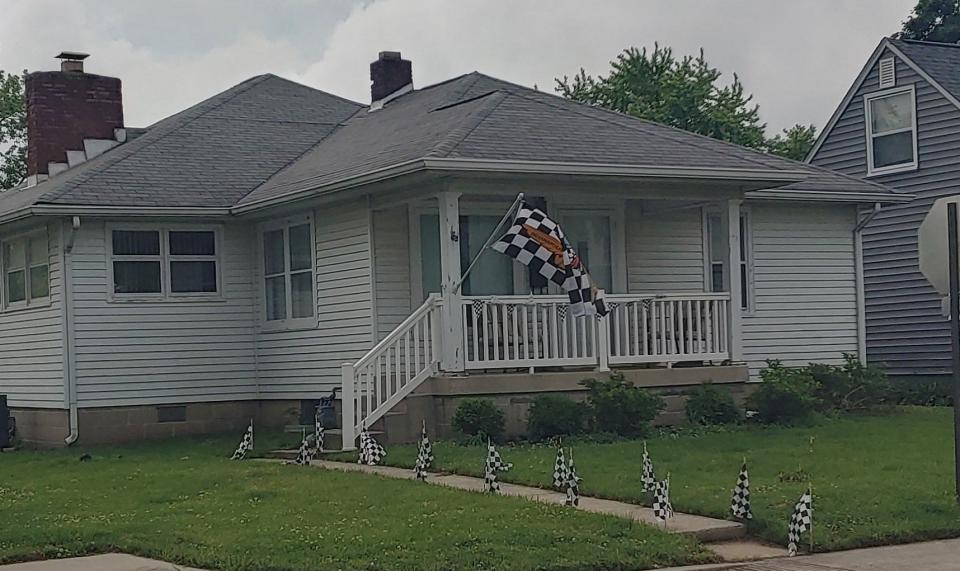
Them’s fightin’ words, they might’ve blurted if only those Hoosiers weren’t so darn neighborly. Instead, it was more of a group “How dare you?”
“Maybe you should come see for yourself,” was one retort. Don’t mind if I do.
HOW IT STARTED: Daytona 500, by NASCAR design, has become the "Greatest" American Race
ROGER THAT: After 2 years of restrictions, the Indy 500 truly begins its Penske era | KEN WILLIS
106TH RUNNING: Marcus Ericsson wins Indianapolis 500, "the biggest race in the world" | KEN WILLIS
But the gist of February’s column was NASCAR’s ramped-up efforts over the past 20 years to make sure everyone knows just how big its flagship event has become. Helped in part by a convenient spot on the calendar, the Daytona 500 has employed all of its advantages and in many ways has become bigger than the sport itself.
Not unlike the Kentucky Derby, in some ways.
Meanwhile, way back when NASCAR’s Daytona 500 efforts found another gear, the Indy-racing world was in transition, sorting out the ugliness stemming from the mid-’90s split that broke away the existing series from the upstart Indy Racing League.
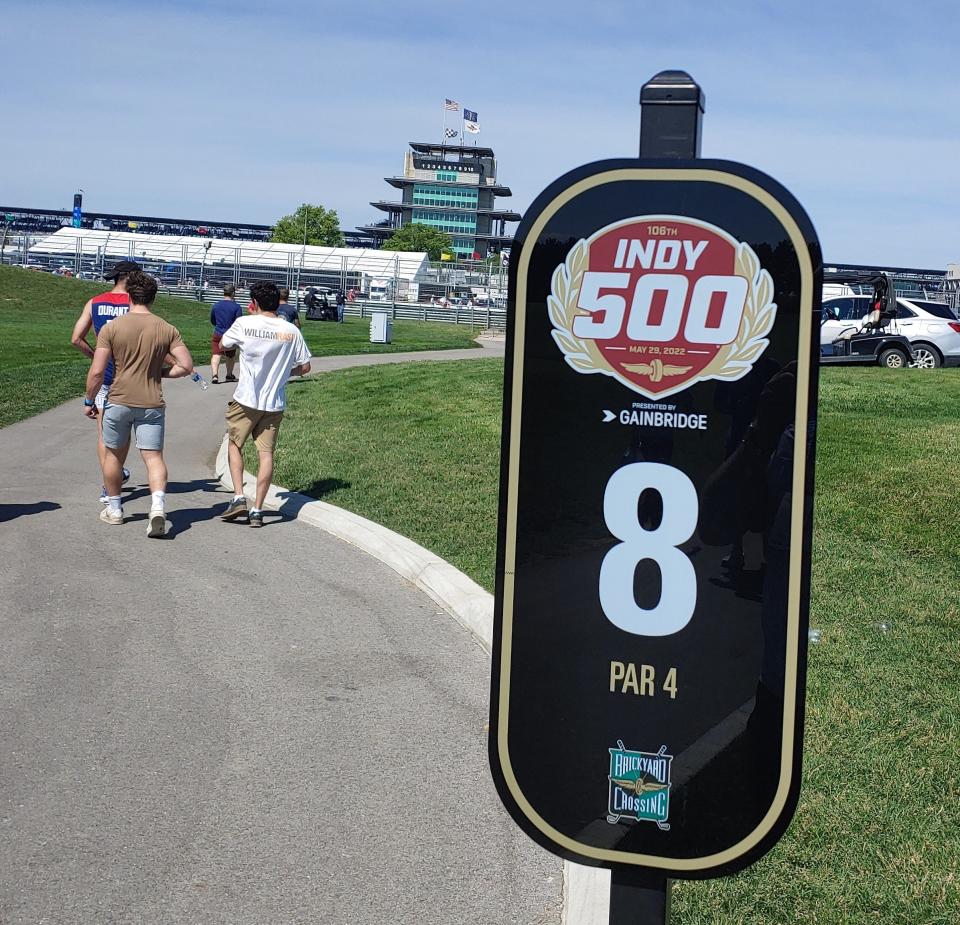
As NASCAR was continuing its climb, Indy-style racing, depending on your angle, was either in disarray or at least appearing that way.
Hence, the Daytona 500’s ascension to North America’s biggest automobile race — basically in all measurable ways aside from physical attendance, where the current Indy 500 dwarfs Daytona by an estimated 300,000 to 125,000.
There are many other measurables, including manufacturer and corporate participation, which we obviously see throughout the industry through signage and whatnot. But we’ll never be able to yard-stick the dollars-and-cents worth of all that. So when measuring the general bigness of these things, the best tool is the all-important TV ratings, and yet again this year, they’re telling.
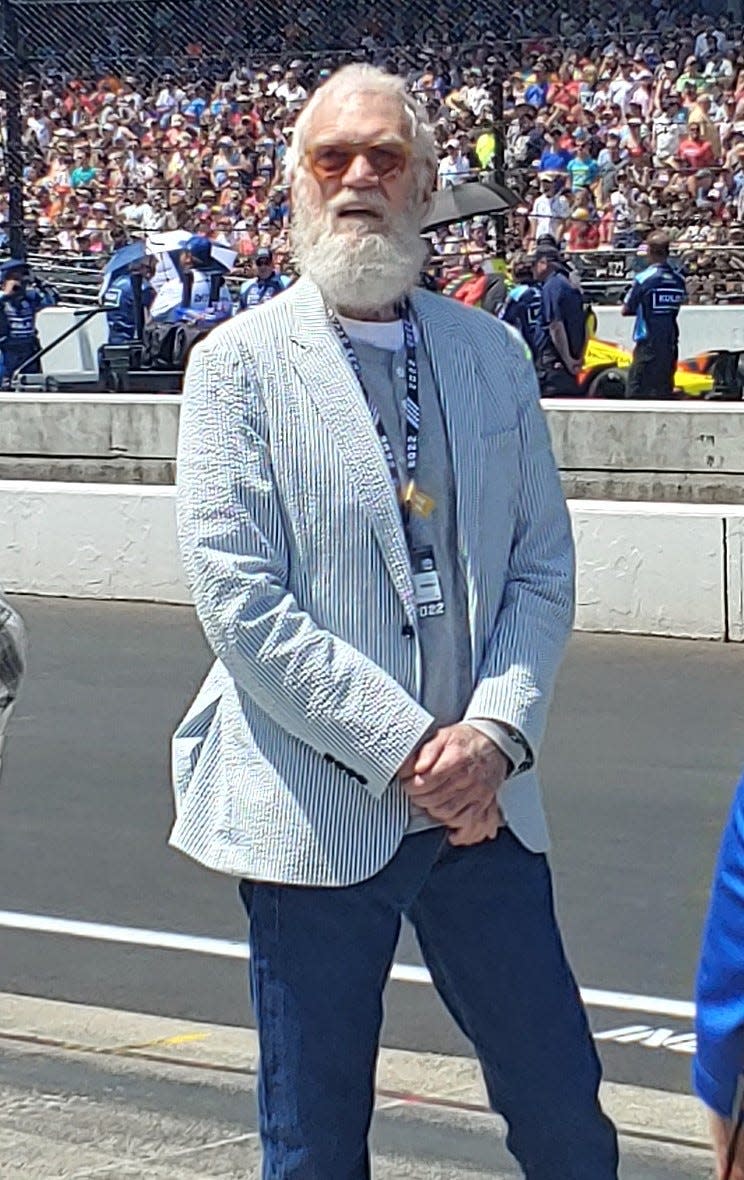
Mr. Nielsen’s calculator spit out the following for Sunday’s Indy 500: 4.6 million viewers, equating to a 2.7 rating.
February’s Daytona 500: 8.9 million viewers and 4.7 rating.
You can workshop, roundtable, and townhall 'til the cows come home, but you won’t find any one particular reason why Americans watch more NASCAR than IndyCar. Lots of moving parts in racing, as well as in the general tastes of the sporting public.
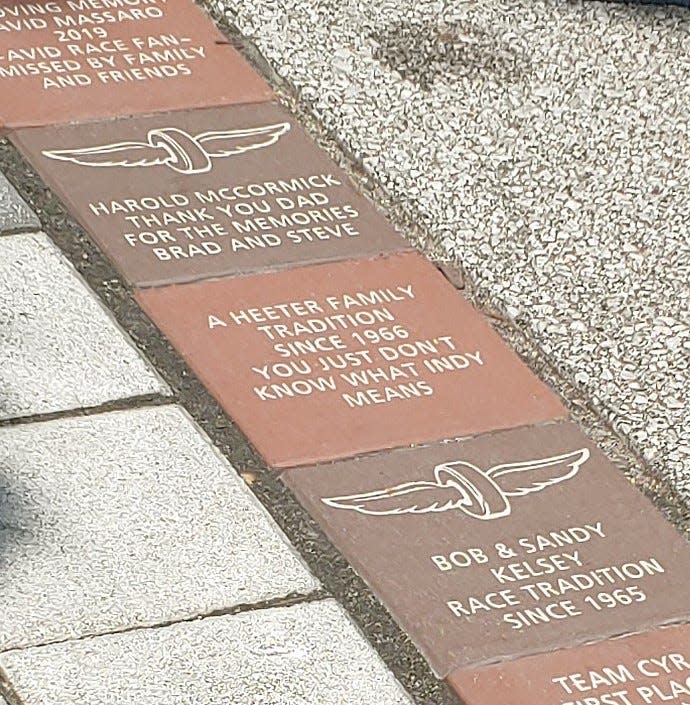
But I know where the Indy fans are coming from. At least now I do. Because, to borrow a phrase, their 500 is real, as in real big, and indeed spectacular.
I find it best to compare it to two different Daytona events — the 500 as well as the Rolex 24. The infields for the Rolex and Indy are a combo of gatherings and Party Central. The grandstands, for the Indy and Daytona 500s, are largely for race fans who aren’t there just for the great atmosphere.
Indy had nearly a half-century head-start, beginning in 1911, and therefore you get a generational feel to the event. You will find some third-generation Daytona 500 fans every February, but at Indy they’re everywhere, and many stretch it to four and five generations.
In some neighborhoods, particularly closer to the track, there’s a small-town, civic pride feel, complete with little checkered flags lining the walkways and front porches on streets both tony and humble.
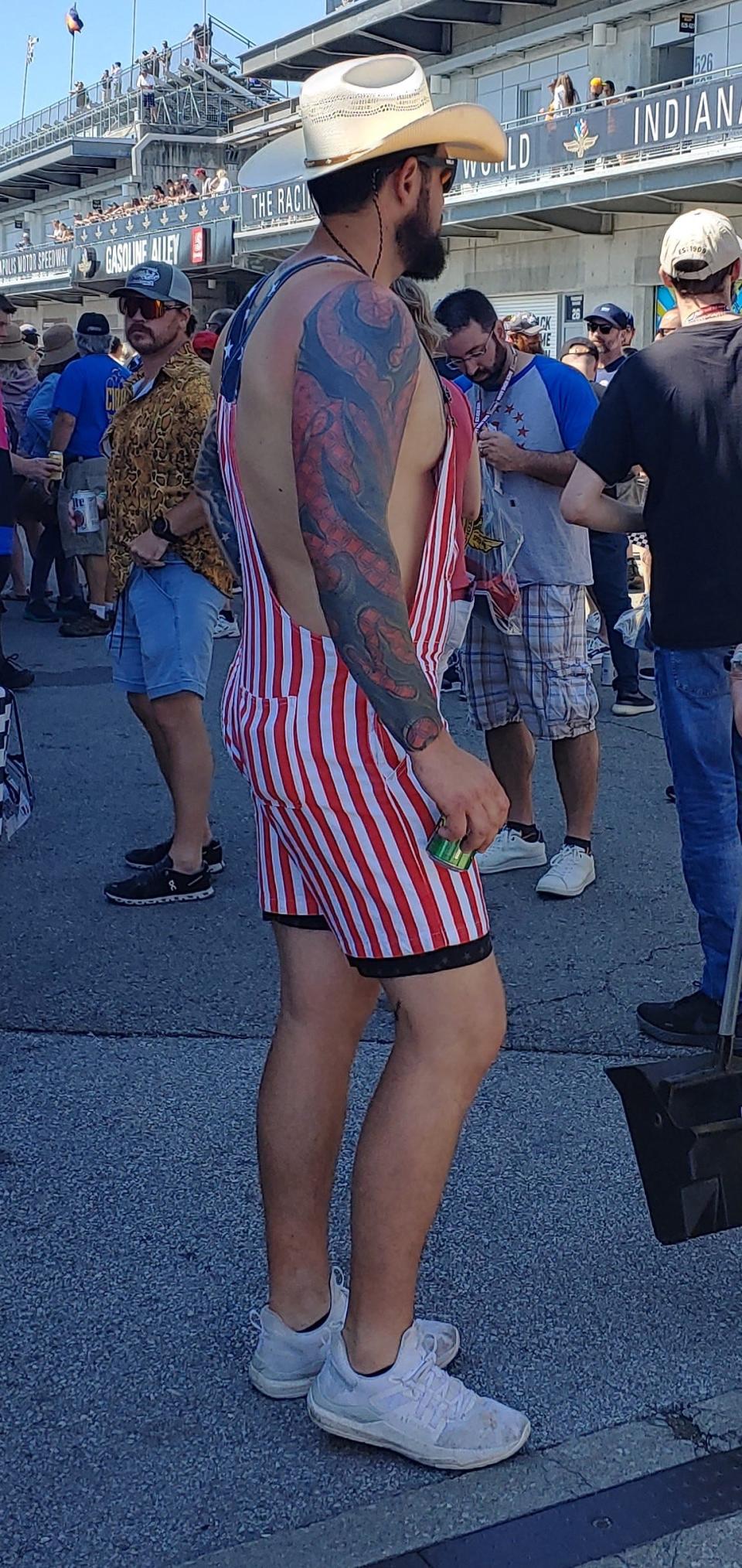
Unlike the Daytona 500 — and this is personal observation, nothing scientific — most everyone at the Indy 500 is either from Indianapolis or relatively nearby. Our transient nature is quite a hurdle for that communal feel.
Indianapolis feels like a big small town, and it carries over to race day — this is “the gold truck comes to Mayberry,” only some 300 times larger. (Including Gomer, for so many years — God bless him.)
Yes, it’s great.
That last half hour before the green flag has long been appointment television for me. When the national anthem isn’t just the big pre-race offering, but part of a set list, there’s a lot going on, and all of it perfectly timed and delivered.
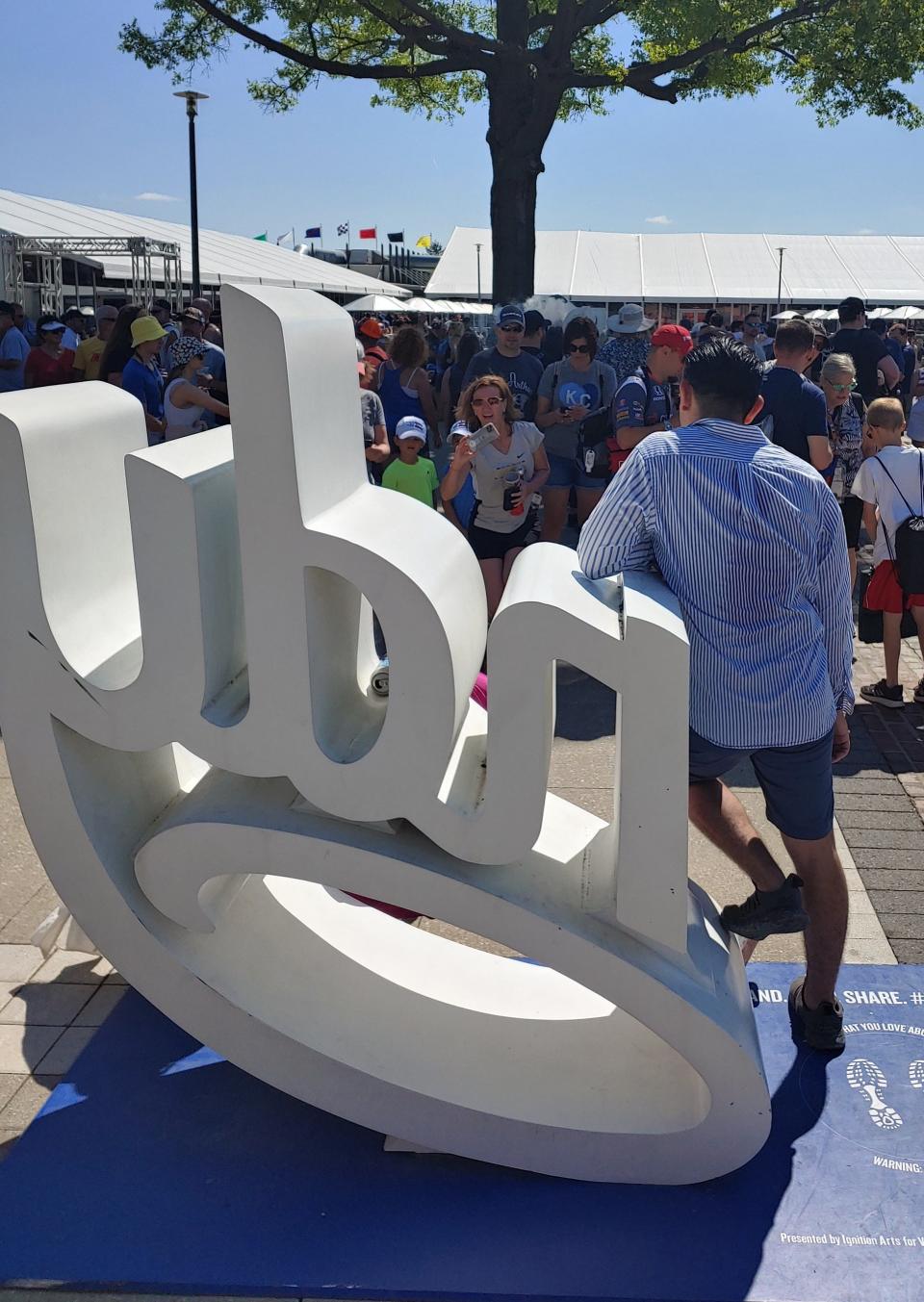
It's elevated in person, as you might imagine, due in large part to Purdue's wonderful "All-American Marching Band" (yes, another tradition).
God Bless America.
America the Beautiful.
Invocation.
Star Spangled Banner.
Flyover.
Ron Duncan trumpeting Taps from the flag stand.
Back Home Again in Indiana.
Another flyover, so low and loud, one ear feels like it's been packed with warm grits.
And finally, a quintessential great American, Roger Penske, giving the starting command.
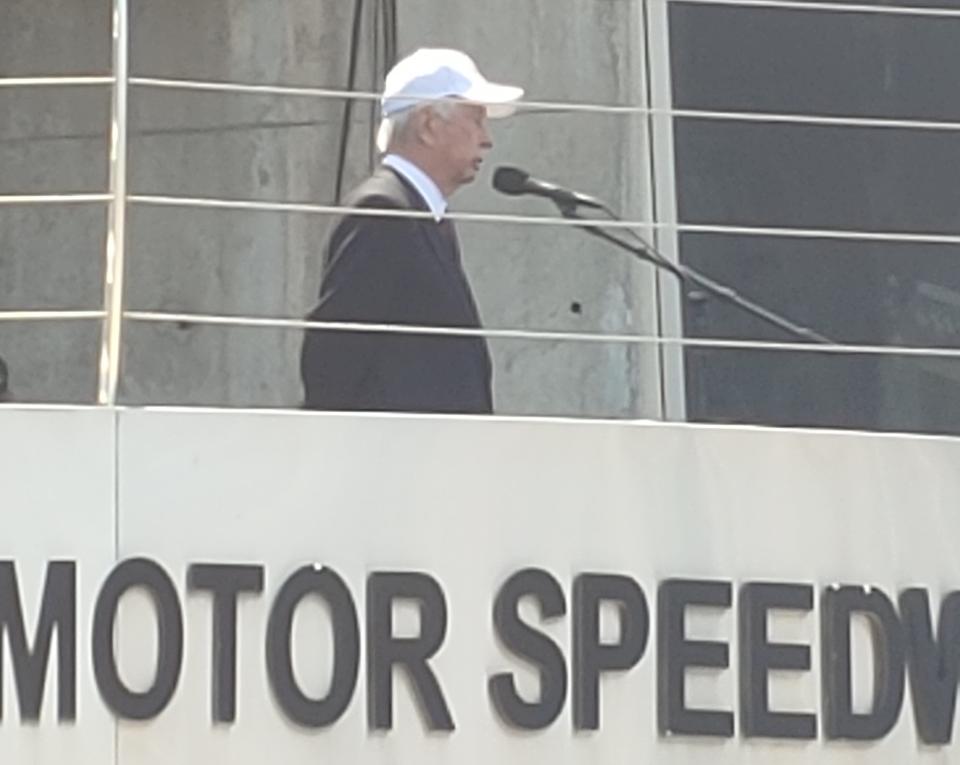
Whew.
No, the Indy 500 no longer dwarfs all other racing interests, but for those who care most about it, it’s perfect.
And they’re right. You gotta see it.
— Reach Ken Willis at ken.willis@news-jrnl.com
This article originally appeared on The Daytona Beach News-Journal: First impression of Indianapolis 500: Big, loud, perfect | KEN WILLIS

